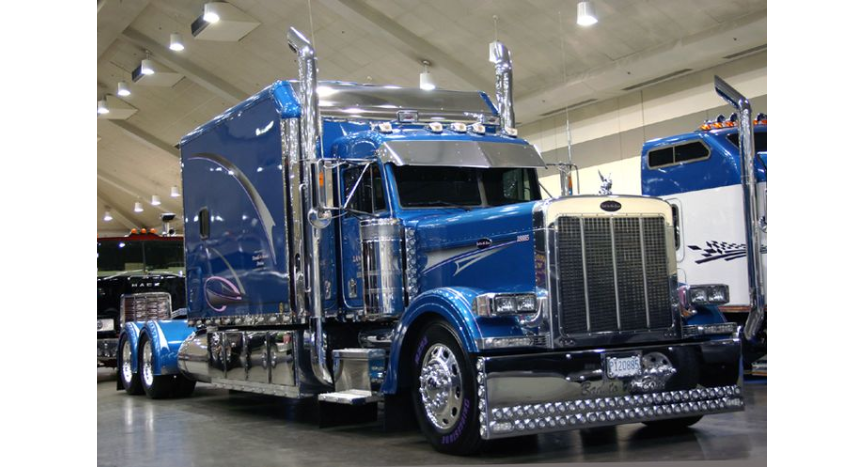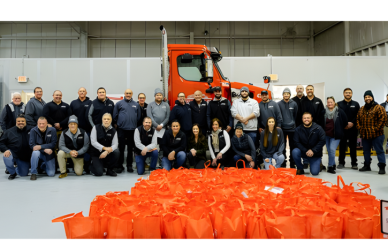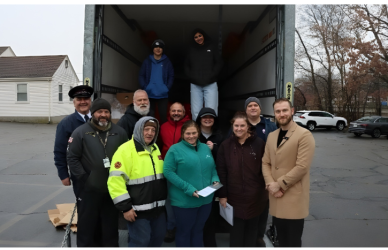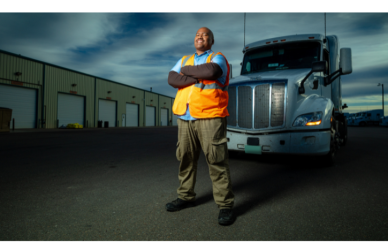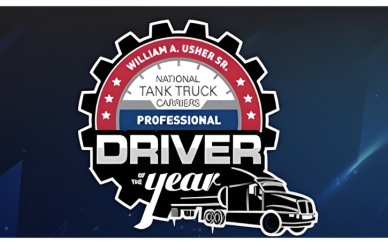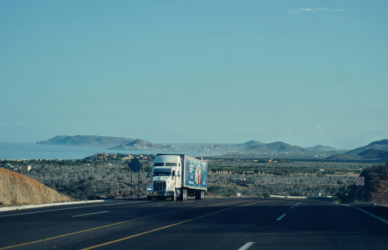The semi-truck is more than just a machine; it’s a symbol of progress, innovation, and the backbone of the freight industry. Over the decades, truck design has evolved to meet the changing demands of efficiency, safety, and durability. While major manufacturers have shaped this evolution, companies like Western Star have made a name for themselves by focusing on rugged reliability and custom-built solutions.
From Early Haulers to Modern Workhorses
The first motorized trucks were simple, functional vehicles designed to replace horse-drawn freight transport. By the 1930s and 1940s, manufacturers began refining truck designs, introducing cab-over-engine (COE) models to maximize cargo space while adhering to strict length regulations. These trucks, pioneered by companies like Freightliner, were a game-changer for urban and regional hauling.
However, as the industry grew, so did the need for long-haul efficiency and driver comfort. The conventional cab design, which places the engine in front of the driver, gained traction by the 1970s, offering easier maintenance and a smoother ride. This shift set the stage for the trucks we see dominating highways today.
The Rise of Customization and Heavy-Duty Specialization
As the freight industry expanded, so did the need for specialized heavy-duty trucks that could handle extreme loads, rough terrains, and demanding job sites. This is where Western Star found its niche. Known for its heavy-duty construction and customizable features, Western Star trucks have been a top choice for industries like logging, mining, and specialized freight hauling.
Unlike mass-produced fleet trucks, Western Star allows operators to spec their trucks down to the finest details, from frame strength to cab interiors. This level of customization ensures that every truck is built to endure the unique challenges of its intended use, whether it’s navigating remote oil fields or hauling oversized loads.
Technology and Sustainability: The Next Chapter
The push for fuel efficiency and sustainability has driven manufacturers to explore new technologies. Today’s semi-trucks feature aerodynamic designs, advanced telematics, and alternative fuel options that reduce emissions and operating costs. Electric and hydrogen-powered trucks, once a futuristic concept, are now entering the market, led by brands like Volvo, Daimler, and Tesla.
Even Western Star, traditionally known for its rugged diesel-powered workhorses, has adapted by integrating more fuel-efficient engines and lightweight materials to improve performance without sacrificing durability. As emission regulations tighten and fleets look for cost-effective solutions, truck manufacturers will continue to innovate, balancing power with environmental responsibility.
Looking Ahead: What’s Next for Semi-Trucks?
The trucking industry is on the cusp of major transformations, from autonomous driving technology to next-gen powertrains. While self-driving trucks won’t replace drivers anytime soon, advancements in collision avoidance, lane-keeping assistance, and real-time monitoring are making trucks safer and more efficient.


